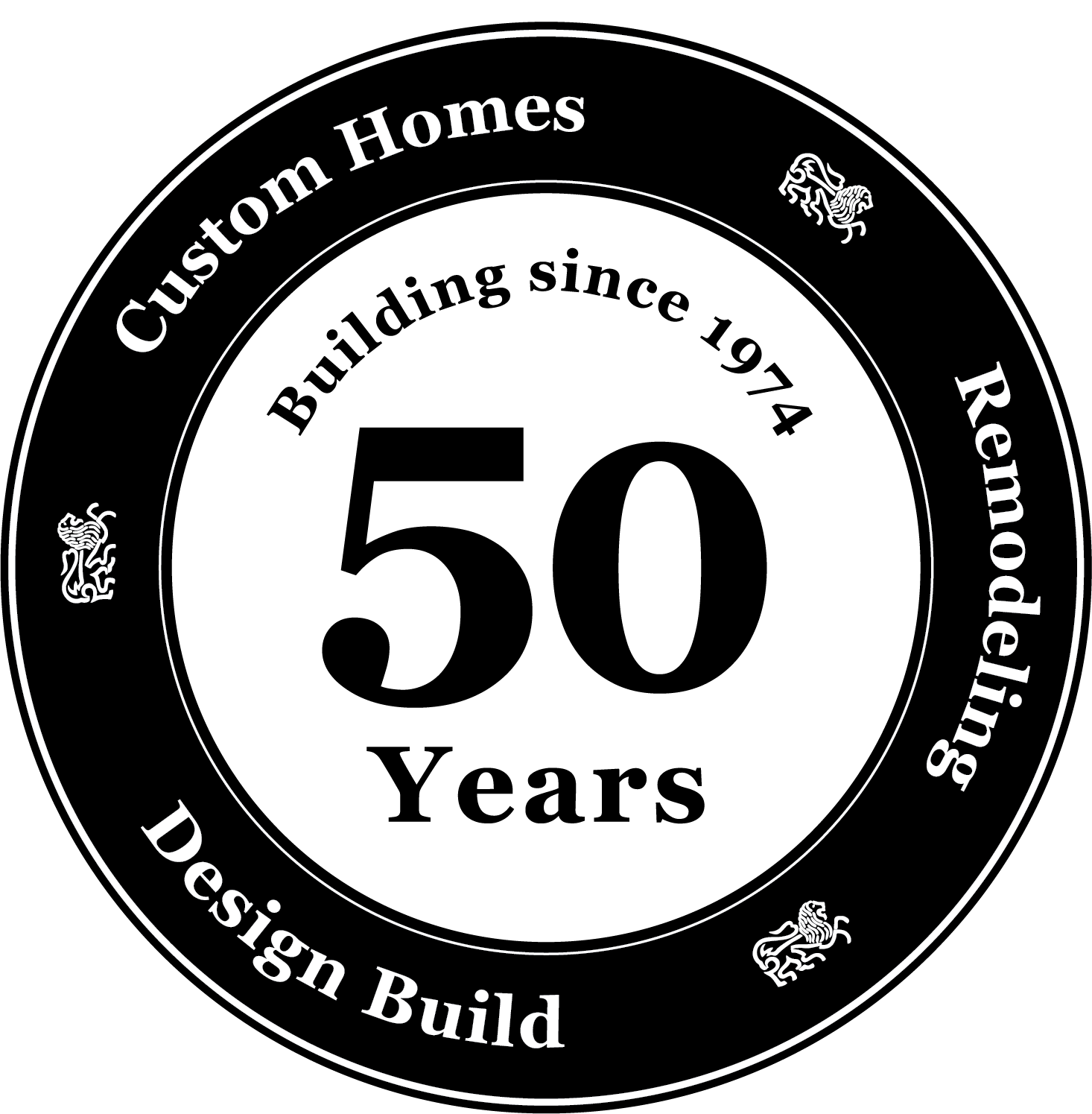 Most homeowners would never choose to buy and sell a house at the same time. It’s a daunting task. When you factor in the slowing of the housing market, doubling up on mortgages is not an ideal situation to be in, but sometimes it’s unavoidable. With housing prices making a rebound, some homeowners are opting to sell their present home and finally take out some equity they’ve long been anticipating. Some are also eager to use that equity to make a long-awaited move up.
Most homeowners would never choose to buy and sell a house at the same time. It’s a daunting task. When you factor in the slowing of the housing market, doubling up on mortgages is not an ideal situation to be in, but sometimes it’s unavoidable. With housing prices making a rebound, some homeowners are opting to sell their present home and finally take out some equity they’ve long been anticipating. Some are also eager to use that equity to make a long-awaited move up.
In that eagerness to make a move, many homeowners have found a home they wish to purchase but are faced with the burden of double mortgage payments. In a perfect world, there would be a seamless transition from owning one home, selling it, and moving on to your new home with no overlap in time. Since buying and selling of property is much more complex than that, what is the best way to handle buying a new home when you already own one?
Doubling up on payments not only makes homeowners uneasy, it also creates hesitation for mortgage companies, which is why you will need to qualify for both loans in order to buy a home while still owning another one, says mortgage expert Holden Lewis of Bankrate.com. If you don’t qualify for both loans, you will have no choice but to sell your current home first.
Although lenders are somewhat sympathetic to homeowners in this situation and often loosen their traditional standards a bit, keep in mind that lenders are much more cautious today. Before you are approved for a second mortgage, your credit score (which must be at least 680), your job, and the amount of savings that you are left with after your down payment will be carefully examined, according to E-Loan.
“While a typical mortgage carries a 40% debt-to-income ratio, a lender may allow a 50% to 55% debt-to-income ratio for someone temporarily straddling two mortgages,” says E-Loan president and CEO Mark Lefanowicz.
Provided you can qualify for both loans, here are some ways to come up with a down payment on your new home before you have the proceeds from the old one:
Borrow From Home Equity
The cheapest way to come up with your new home down payment is to borrow money via a home-equity line of credit. Interest is tax-deductible up to $100,000 and once you sell your home, you can pay off the loan. This is something that needs to be lined up well before you put your house on the market. Once it’s clear you’re attempting to sell your home, banks will not give you a line of credit because fees are low and lenders will not make money when they are paid off quickly.
Bridge Loan
If borrowing from the equity in your home is not an option, you can take out a bridge loan, also known as gap financing. This loan allows you to borrow money for a down payment on the new home based on the amount of equity you have in your first home. The issue with bridge loans today is that they are not widely available and they are costly, generally at least one or two percentage points above prime rate. There are a bunch of fees associated with this loan as well. Some of the costs may be lowered if you get the bridge loan from the same bank that is underwriting the mortgage for the new home.
Borrow from 401 (k)
If you are looking to supplement a home-equity line of credit or only need a small amount of money for a down payment, consider borrowing from your 401(k). Most employers will allow employees to borrow either 50% of their vested balance or $50,000, whichever is less. You will then have five to ten years, depending on your company rules to repay the loan plus interest.
If these options aren’t workable, consider renting it out for monthly income, if you don’t need the sale money for the down payment. You may also consider buying your new home with a contingency contract, meaning you agree to purchase the home after your original home sells. This can be a risky and often unaccepted move in a seller’s market, though, with multiple offers currently flooding today’s more affordable housing market. There are many options but no perfect answer.
Buying and selling a house at the same time is a delicate dance, but it’s doable. The options above are possible solutions for homeowners, but speak to your bank and financial advisor to make sure you’re making the smartest decision for you.

